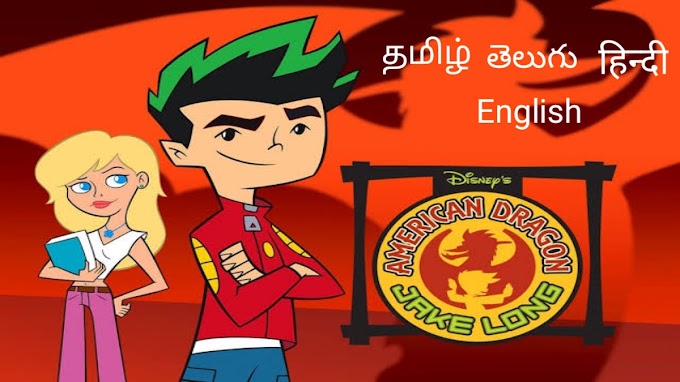LEGAL : FAIR USE NOTICE
The material during this website is provided for academic and informational functions only, and isn't meant to be a substitute for a health care provider's consultation. Please consult your own applicable health care supplier regarding the relevancy of any opinions or recommendations with relevancy your own symptoms or medical conditions. the data on this website doesn't represent legal or technical recommendation.
FAIR USE ACT DISCLAIMER
THIS SITE FOR ONLY EDUCATIONAL AND ENTERTAINMENT PURPOSES ONLY
FAIR USE
Copyright Disclaimer below section 107 of the Copyright Act 1976, allowance is formed for “fair use” for functions like criticism, comment, news reportage, teaching, scholarship, education and analysis.
Fair use may be a use permitted by copyright statute that might rather be infringing.
Non-profit, educational or personal use tips the balance in favor of use.
FAIR USE DEFINITION:
(Source: http://en.wikipedia.org/wiki/Fair_use)
Fair use may be a belief within the us copyright law that permits limited use of copyrighted material while not requiring permission from the rights holders, like for statement, criticism, news reportage, research, teaching or scholarship. It provides for the legal, non-licensed citation or incorporation of copyrighted material in another author’s work below a four-factor balancing take a look at. The term “fair use” originated within the us. the same principle, truthful dealing, exists in another common law jurisdictions. Civil law jurisdictions produce other limitations and exceptions to copyright.
U.S. COPYRIGHT OFFICE- use DEFINITION
(Source: http://www.copyright.gov/fls/fl102.html)
One of the rights accorded to the owner of copyright is that the right to reproduce or to authorize others to reproduce the work in copies or phonorecords. This right is subject to certain limitations found in sections 107 through 118 of the copyright law (title seventeen, U.S. Code). one among the additional necessary limitations is that the belief of “fair use”. The belief of use has developed through a considerable variety of court selections over the years and has been written in section 107 of the copyright law.
Section 107 contains a listing of the varied functions that the copy of a selected work is also thought of truthful, like criticism, comment, news reportage, teaching, scholarship, and analysis. Section 107 additionally sets go into four factors to be thought of in deciding whether or not or not a selected use is fair:
1. the aim and character of the utilization, as well as whether or not such use is of economic nature or is for non-profit-making educational functions
2. the nature of the copyrighted work
3. the quantity and substantiality of the portion employed in regard to the copyrighted work as a full
4. The result of the utilization upon the potential marketplace for, or price of, the copyrighted work
The distinction between use and infringement is also unclear and not simply defined. there's no specific variety of words, lines, or notes which will safely be taken while not permission. Acknowledging the supply of the proprietary material doesn't substitute for getting permission.
The 1961 Report of the Register of Copyrights on the general Revision of the U.S. Copyright Law cites samples of activities that courts have thought to be fair use: “quotation of excerpts in a very review or criticism for purposes of illustration or comment; quotation of short passages in a learned or technical work, for illustration or clarification of the author’s observations; use Associate in Nursing exceedingly|in a very} parody of a number of the content of the work parodied; outline of an address or article, with temporary quotations, in a very news report; copy by a library of a portion of a work to switch a part of a broken copy; reproduction by a tutor or student of alittle part of a work for instance a lesson; reproduction of a work in legislative or judicial proceedings or reports; incidental and fortuitous reproduction, in a very short subject or broadcast, of a work placed within the scene of an occurrence being reported .”
Copyright protects the actual method Associate in Nursing author has expressed himself. It doesn't reach any concepts, systems, or factual data sent within the work.
The safest course is always to get permission from the copyright owner before using copyrighted material. The Copyright workplace cannot give this permission.
When it's impracticable to get permission, use of copyrighted material should be avoided unless the belief of use would clearly apply to the situation. The Copyright workplace will neither verify if an exact use is also thought of truthful nor advise on doable copyright violations. If there's any doubt, it's advisable to consult Associate in Nursing professional person



0 Comments
Please Comment Your Opinion And what Cartoons Show You Want please Comment Friends